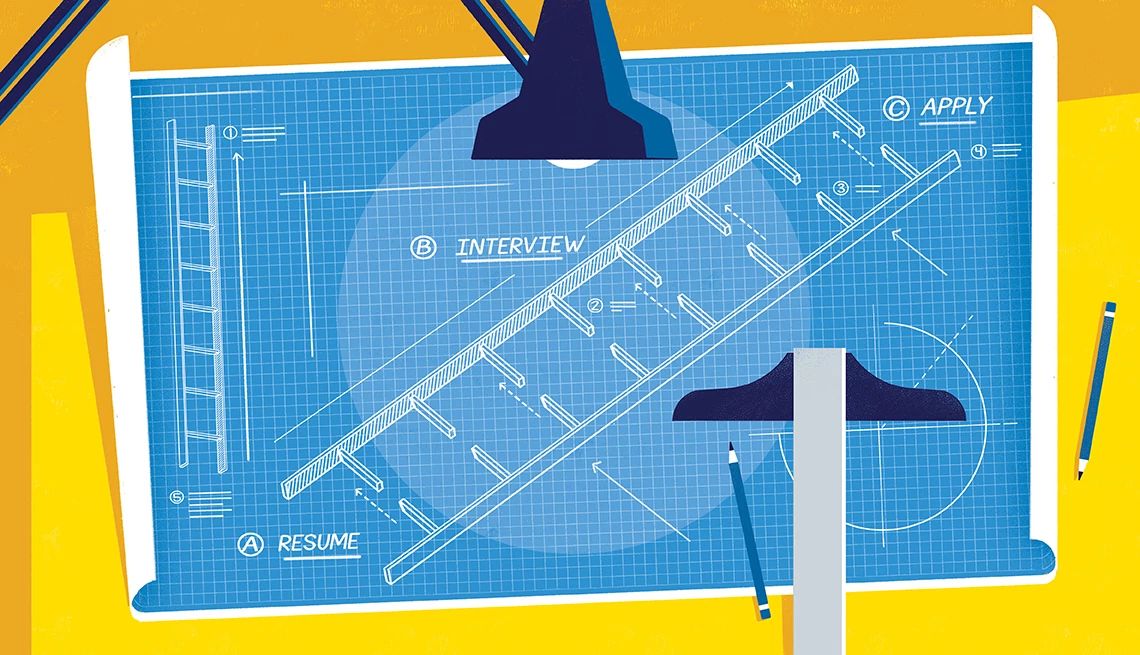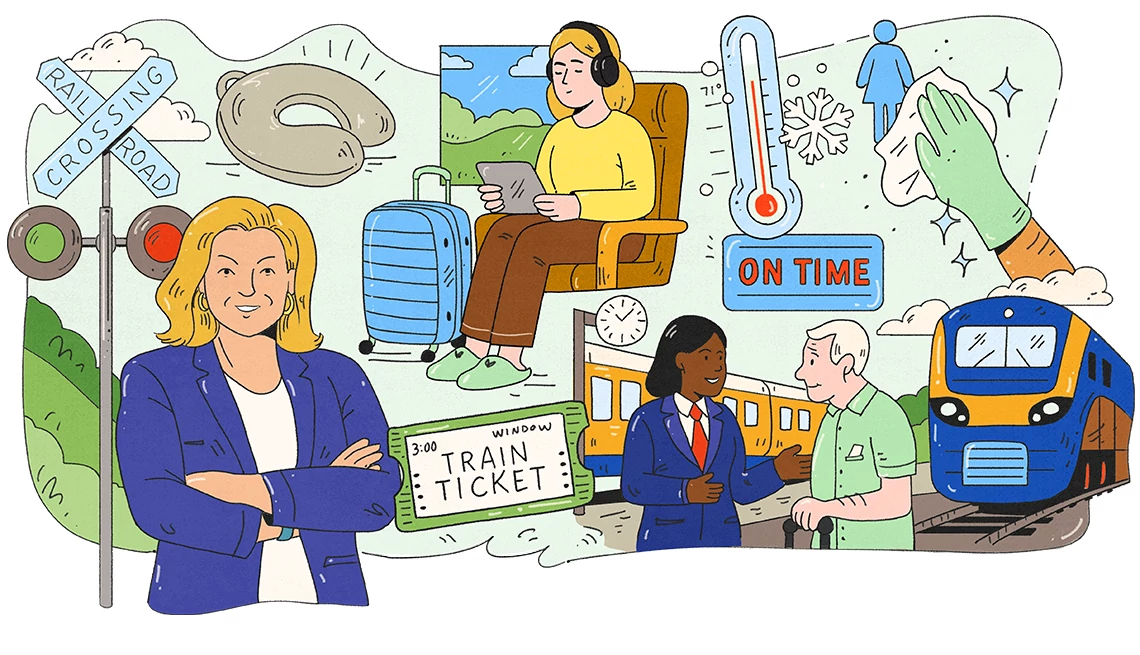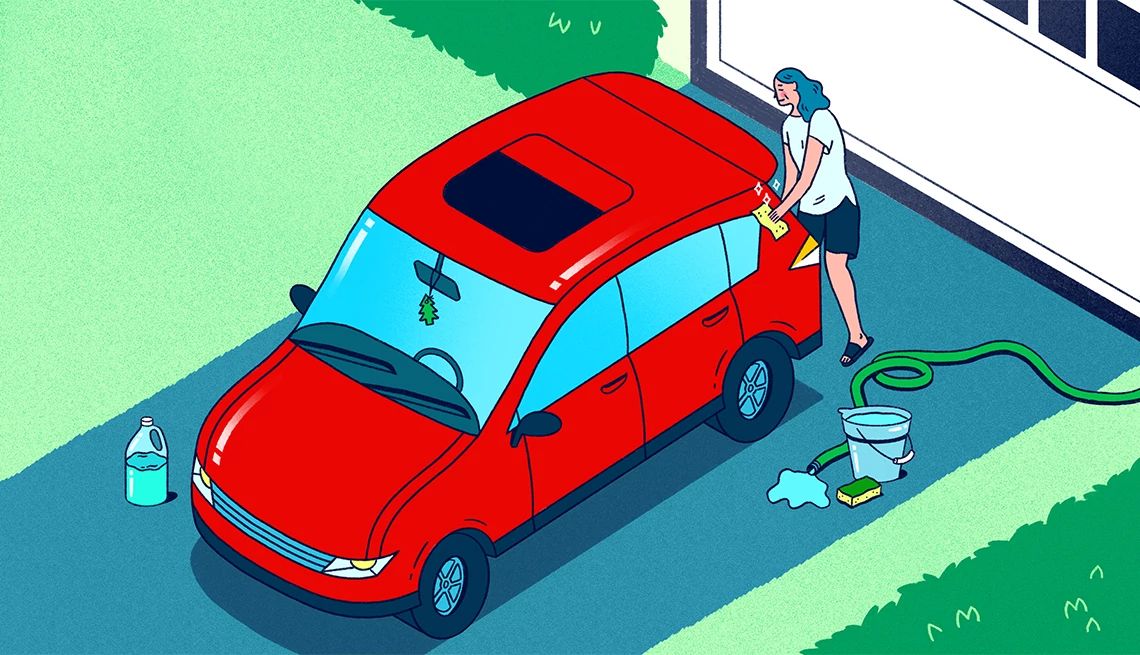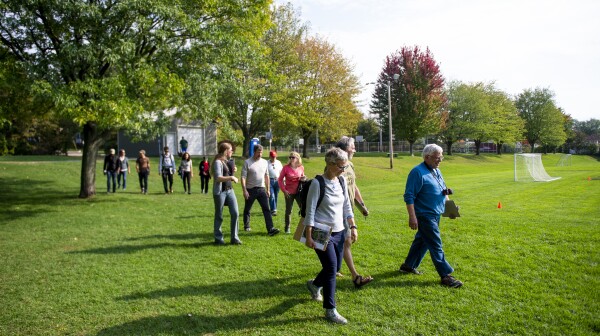AARP Hearing Center

Vermont’s state highways serve as vital transportation arteries, moving people and goods across the state. However, in many towns and villages, these highways also function as main streets—places where people live, work, and gather. However, state highways are often designed for high-speed vehicle travel rather than for local accessibility, safety, and economic development.
To address this issue, Vermont’s Agency of Transportation (VTrans) has a program that allows municipalities to take ownership of state highways running through their communities, reclassifying them as Class 1 Town Highways (C1TH). This offers towns greater control over street design, enabling them to implement pedestrian-friendly, multimodal streetscapes. However, smaller municipalities have been hesitant to take on this responsibility due to the financial burden of road maintenance.
The underlying barrier for both the VTrans and localities is maintenance funding. VTrans does not have the funding to implement the design modifications to the roadways and subsequent maintenance implications that municipalities often desire. Municipalities similarly struggle to raise sufficient funds to cover maintenance and road redesign costs.
There are several proposed solutions to these barriers, including:
1) Addressing the underlying issues requires legislative action. Vermont, as a Dillon’s Rule state, places power in the state over localities. VTrans’ funding model is also determined by the legislature with maintenance funded through a gas tax and motor vehicle registration and licensing fees. The legislature needs to reevaluate existing funding formulas to facilitate greater flexibility for both VTrans and Vermont’s municipalities.
2) Localities need greater flexibility for raising local funding so that they can better cover maintenance costs. In addition, VTrans could consider cost sharing to lower its cost burden, but not overwhelm smaller towns and villages.
3) VTrans can, as part of reclassification, implement design changes reflective of the surrounding land use while bringing the state roads into a state of good repair, allowing transportation needs to better fit communities. That investment could reduce the hesitancy of local municipalities to take on the costs associated with C1THs.
4) VTrans could emphasize collaborations with municipalities and use more quick build demonstration practices to redesign the roadway in partnership with localities to test options for maintenance and inform permanent project design.
AARP Vermont is committed to enhancing the quality of life for older adults and all Vermonters by promoting accessible, affordable, and environmentally friendly transportation options. A variety of safe, affordable, dependable, and accessible travel options enables people of all ages to work, stay active, and engage in their communities. Well-designed roads help to extend many older adults’ safe driving years, and at the same time, make it possible to travel by foot, bicycle, or public transit safely.
AARP Vermont supports a variety of regulatory and budget changes to realize this transportation vision.
To view a full copy of the Recommendations on the Reclassification of State Highways, click here.



































































